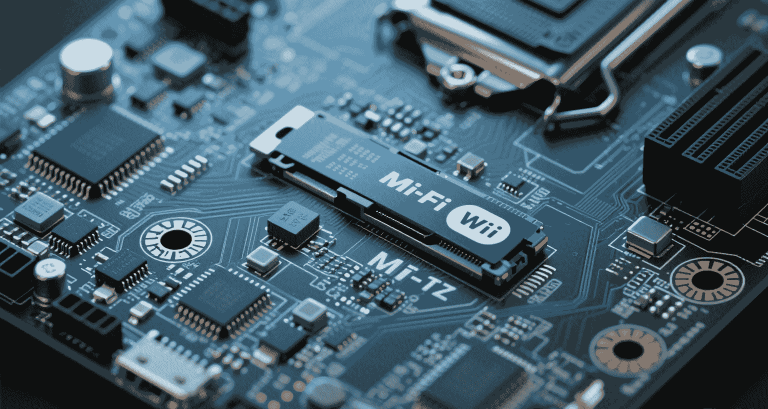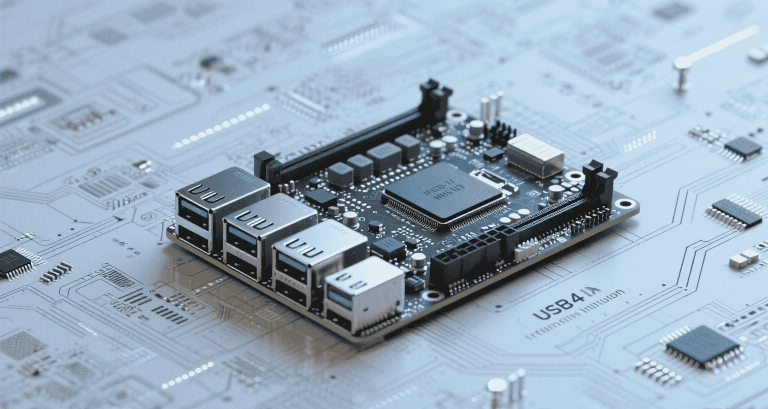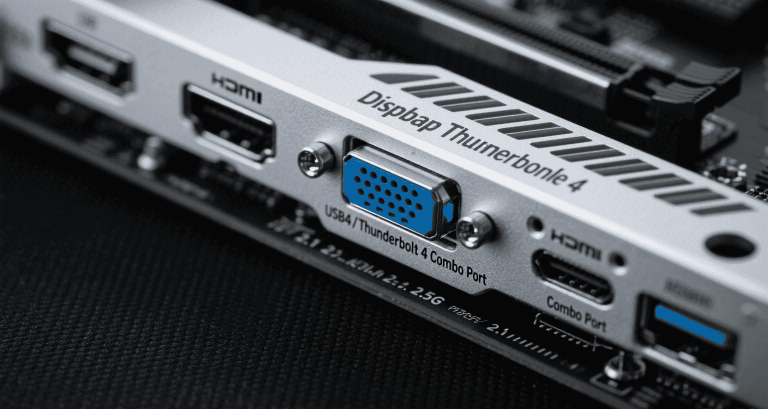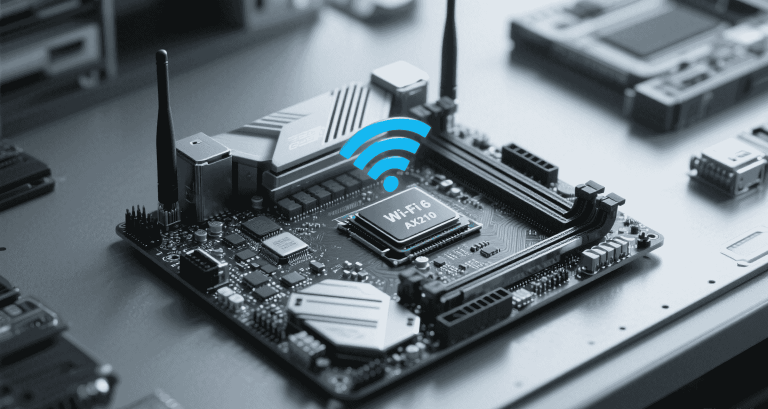Is 4G LTE Good? Technical Evaluation and Deployment Considerations
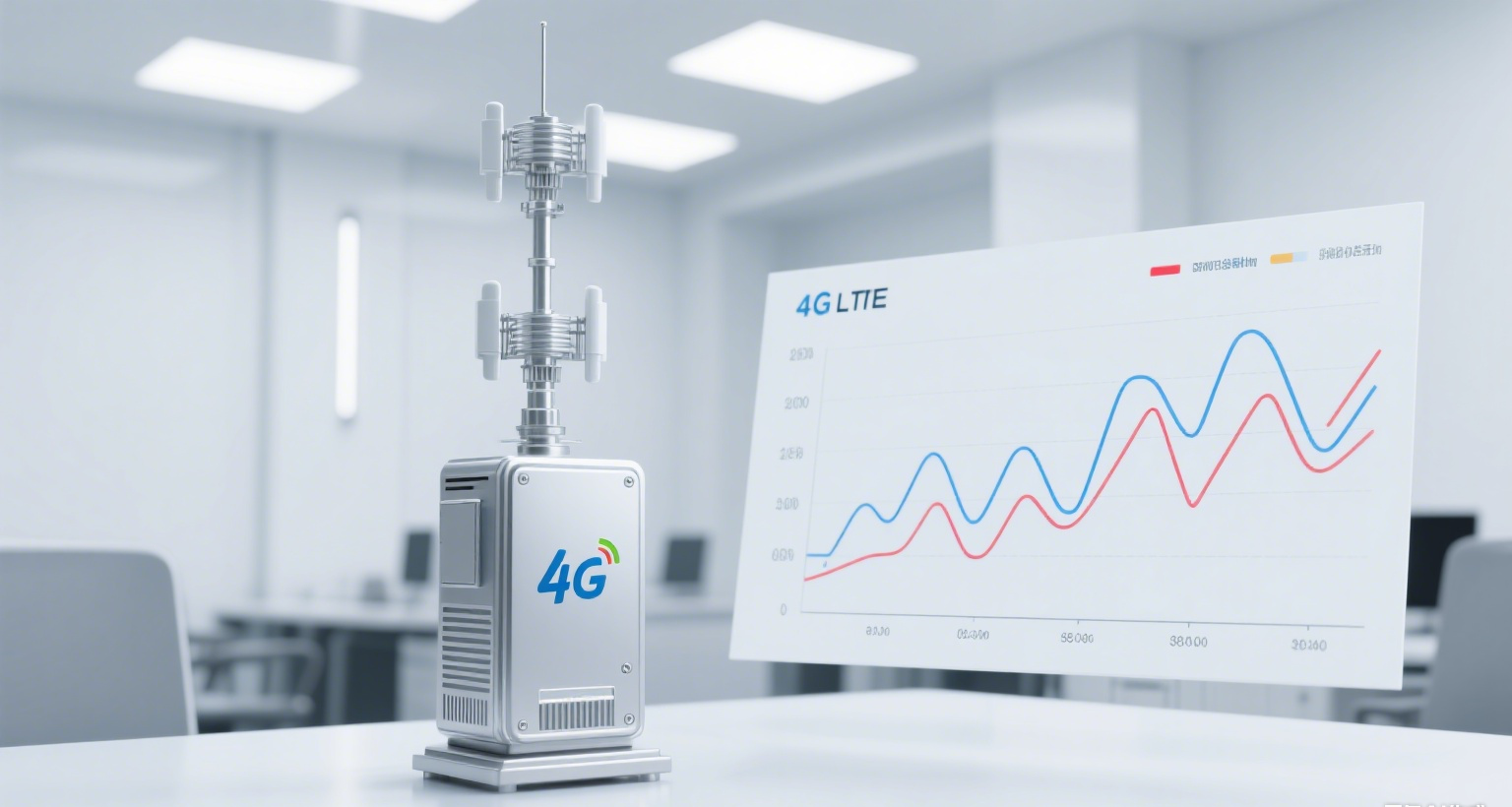
As the tech landscape shifts towards 5G, it’s easy to underestimate the enduring relevance of 4G LTE. However, LTE remains the workhorse of industrial and embedded connectivity. In this guide, I’ll walk you through a rigorous evaluation of LTE’s strengths, weaknesses, and practical deployment considerations so you can make an informed choice for your project.
Table of Contents
- Introduction
- 4G LTE Technology Overview
- Performance Characteristics
- Coverage, Availability, and Resilience
- Network Addressing and Connectivity
- Security Features and Data Compliance
- Quality of Service and Prioritization
- SIM Management and Provisioning at Scale
- Private LTE and CBRS Deployments
- Power Consumption and Device Integration
- Use Case Evaluation and Suitability
- Cost Considerations
Introduction
When you’re designing an industrial IoT platform or embedded monitoring system, connectivity is never an afterthought. While 5G gets the spotlight, 4G LTE offers proven stability and reach. This guide helps you weigh whether LTE’s performance and ecosystem align with your deployment requirements.
- Why evaluate LTE?—It’s still widely supported, affordable, and mature.
- Scope—Industrial, embedded, and IoT use cases.
- Audience—Hardware engineers, solution architects, and embedded developers.
By the end, you’ll have the clarity to determine whether LTE is right for you or whether it’s time to invest in alternatives.
4G LTE Technology Overview
LTE, standardized by 3GPP, moved cellular networking to an all-IP paradigm, paving the way for modern IoT.
- Evolution—From Release 8 LTE to LTE-Advanced Pro, with carrier aggregation and MIMO enhancements.
- Key Specs—Peak download speeds from 150 Mbps (LTE) to over 1 Gbps (LTE-A Pro).
- Latency improvements—Around 30–50 ms round-trip.
| Release | Peak Downlink | Peak Uplink | Latency |
|---|---|---|---|
| LTE | 150 Mbps | 50 Mbps | ~50 ms |
| LTE-Advanced | 300 Mbps | 100 Mbps | ~30 ms |
| LTE-Advanced Pro | 1 Gbps+ | 150 Mbps | ~20 ms |
These capabilities remain more than adequate for many industrial applications.
Performance Characteristics
Real-world LTE performance depends heavily on the environment and network load.
- Throughput—Typically 20–80 Mbps downlink in urban areas.
- Latency—Average 30–60 ms, with occasional spikes during congestion.
- Jitter—5–20 ms in most scenarios.
“Latency consistency is often more critical than bandwidth for SCADA and control loops.”
If your workload requires determinism, test extensively in the target network environment.
Coverage, Availability, and Resilience
LTE coverage is nearly universal in mature markets but varies elsewhere.
- Urban—Dense cell sites and strong indoor signals.
- Rural—Longer distances between towers; signal can degrade quickly.
- Redundancy—Consider multi-network SIMs or fallback to Wi-Fi/satellite.
Before deploying LTE at scale, I recommend you conduct site surveys to validate coverage and signal strength.
Network Addressing and Connectivity
LTE networks commonly rely on carrier NAT and IPv4, posing challenges for inbound connections.
- Carrier NAT—Blocks unsolicited inbound traffic.
- IPv6—Growing support but inconsistent adoption.
- NAT traversal—Often requires VPNs or reverse tunnels.
Budget time and resources for networking workarounds during deployment planning.
Security Features and Data Compliance
LTE improved significantly over 2G/3G security but is not immune to attack vectors.
- Authentication—SIM-based credentials.
- Encryption—AES encryption protects radio links.
- Vulnerabilities—IMSI catchers and protocol exploits persist.
Ensure you implement VPN encryption for sensitive data and maintain firmware currency.
Quality of Service and Prioritization
LTE supports QoS via QCIs, but public networks can’t guarantee determinism.
| QCI | Use Case | Priority |
|---|---|---|
| 1 | VoIP | High |
| 6 | Video streaming | Medium |
| 9 | Best effort data | Low |
I suggest you work with carriers to secure dedicated APNs or private slices if mission-critical performance is needed.
SIM Management and Provisioning at Scale
Managing thousands of SIMs demands automation.
- eSIMs—Simplify logistics with remote provisioning.
- Lifecycle—Plan for activation, suspension, and decommissioning.
- Carrier contracts—Negotiate terms that match your scaling model.
Using centralized management platforms can reduce operational overhead significantly.
Private LTE and CBRS Deployments
Private LTE provides predictable performance without relying on public networks.
- Architecture—On-premise EPC and eNodeBs.
- CBRS—In the U.S., spectrum sharing opens new options.
- Use Cases—Factories, warehouses, and campus networks.
“Private LTE offers a compelling blend of control, security, and performance compared to public LTE.”
Power Consumption and Device Integration
LTE modules can be power-hungry, especially during transmission.
- Idle—Low power draw (~5–10 mA).
- Transmit—Peaks up to 2 A.
- Optimization—Duty cycling and firmware tuning reduce consumption.
Consider battery impacts when designing for remote installations.
Use Case Evaluation and Suitability
LTE remains highly suitable for many scenarios.
- SCADA—Good for periodic telemetry; less ideal for real-time control loops.
- Asset tracking—Excellent coverage and battery performance with optimized duty cycles.
- Mobile edge computing—Throughput adequate for most workloads.
Map use case requirements to LTE capabilities carefully before selecting a module.
Cost Considerations
LTE hardware and operational costs can be lower than 5G alternatives.
- Module costs—$10–$40 per device, depending on capabilities.
- Data plans—Varies widely by region and volume.
- Total cost of ownership—Includes provisioning, management, and maintenance.
Always account for lifecycle costs, not just initial hardware expenses.
Conclusion
LTE’s maturity, coverage, and cost advantages make it a dependable option for embedded and industrial systems. While 5G will grow in relevance, LTE remains the backbone for many critical deployments. I recommend you validate local network performance, plan for NAT traversal, and design for power efficiency. When those factors align, LTE is still an excellent choice.
Tip: For more resources on embedded connectivity solutions, consider exploring MiniITXboard.

